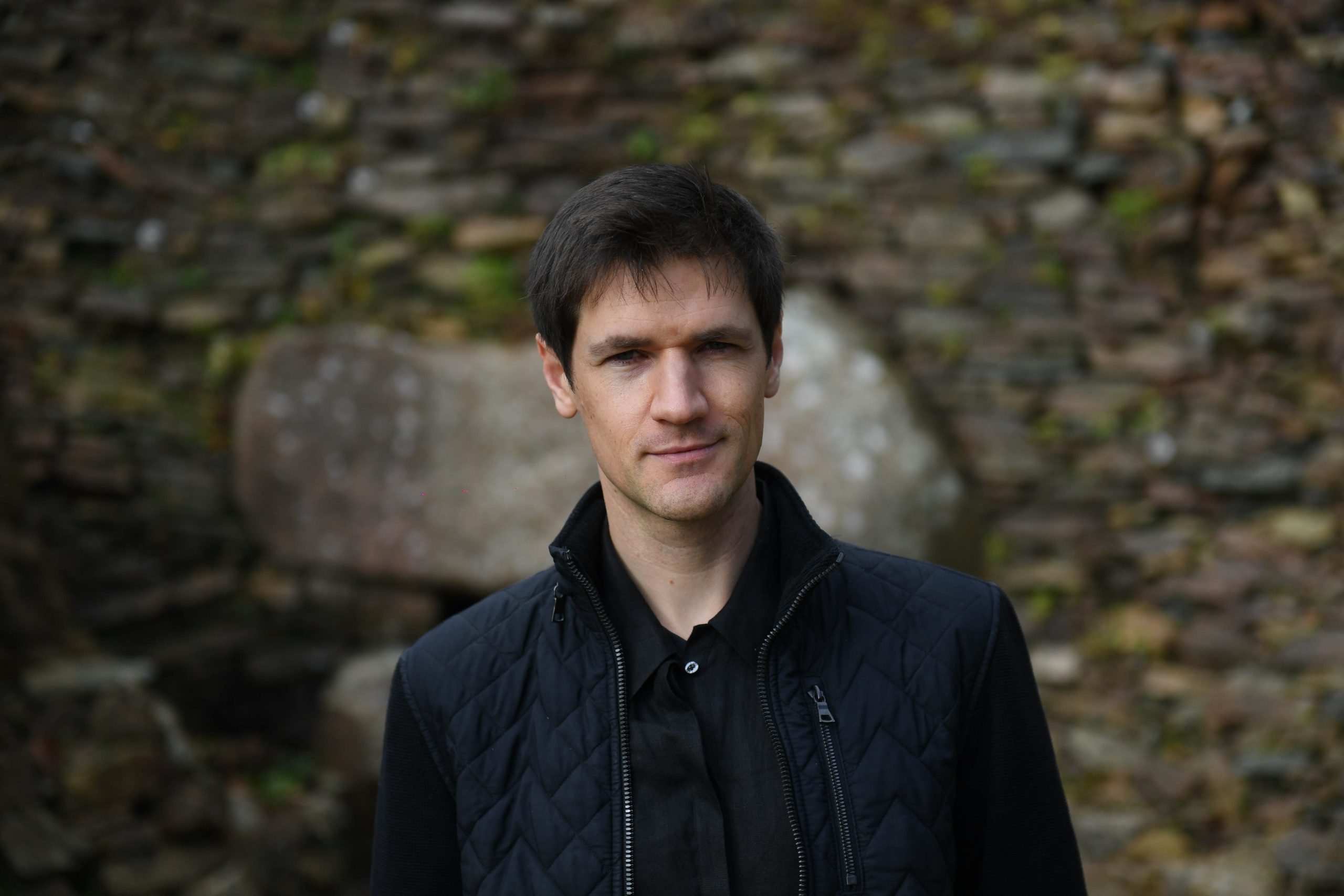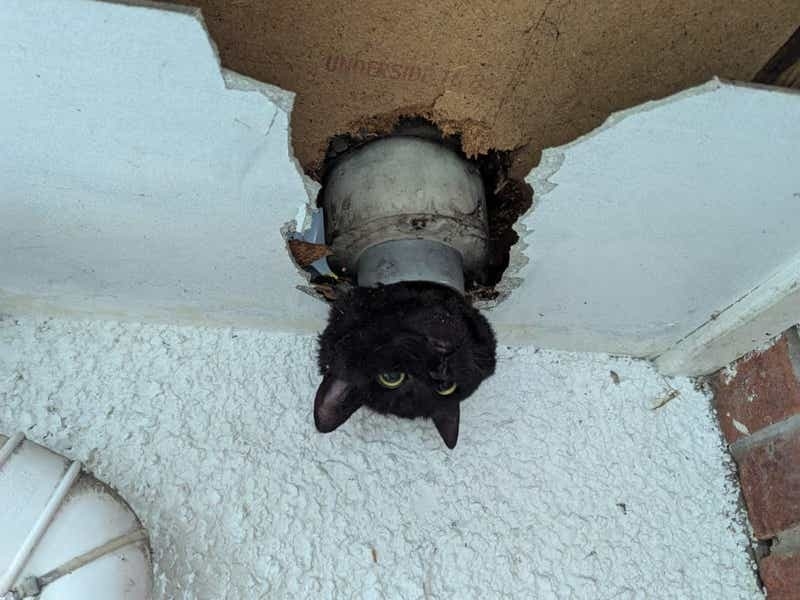CHARLES Mauleverer does not know what it would have sounded like to stand in the passage grave at La Hougue Bie when it was created 6,000 or so years ago but he has imagined it in a “soundscape” celebrating the centenary of the site’s excavation.
Lithophilia – a six-minute musical composition created from the sounds of different stones sourced from around the Island – was originally to have been played in the chamber until the end of October but, such is the interest that it has created, it will now enhance visits to what the composer calls “this magical place” until the end of the year.
Consulting some of the Island’s leading geologists, Mr Mauleverer tried to identify and to use a full range of the Island’s stone types which have different properties that contribute their own quite distinctive sounds. They have been arranged to create an experience that will gradually impinge on the consciousness of visitors.
He said: “If they enter at the start of the piece, they will hear the sound of three simultaneous sets of white noise that circle around them from the six speakers that we have hidden inside the passage grave. This slowly evolves into the sound of footsteps and, this is up to the imagination of the viewer, but perhaps they might be thinking of exactly the same sound that might have been heard 6,000 years ago, of somebody stepping on stone, or sand, or walking across one of the beaches in the Island during the Stone Age.”
Gradually, the intensity of the footsteps increases to the point where scores of people are audible before a melody begins to emerge from the stones. Some of them were, Mr Mauleverer added, more sonorous than others. Eocene limestone, it transpires, is particularly musical.
“It has a lovely ringing pitch but unfortunately, because it’s quite precious and was found at the bottom of the sea between the Channel Islands, I couldn’t leave that particular stone in the installation, and the same is true of some flint nodules but I was gifted those just for this project by Jersey Heritage. I worked with a lot of different kinds of stone, all of which had quite different characteristics, and making different sounds was great fun.
“I used some as shakers, some to create white noise and some to create melody. We commissioned a couple of lithophones from Derek Tristram, stone mason in the Island, who made beautiful instruments,” he said.
From hundreds of sound files on a computer, a sequence – and eventually a musical composition – began to emerge, stimulated also by the possibilities of surround sound in the chamber, and the creative interaction of the different concealed speakers.
It was also musically stimulating to create specific timbres from the stones, as Mr Mauleverer explained: “I think my favourite was the ‘wobble’ created by flicking the top of a little stack of stones, while another was a kind of a butterfly effect which I got from a very rapid white noise scrape. At one point in the piece, you hear six different butterflies all around you at different times. There was an awful lot to explore and it felt really compositionally fulfilling.”
The composer expressed his thanks to Jersey Heritage and to the Société Jersiaise for the opportunity to participate in the celebration of the site in this way.
“In reimagining and reinterpreting this ancient space – particularly using the medium of stone in the same way that those who originally built the passage grave did – I feel a kind of a connection to the past, and I hope that the public find both the newness and the oldness of it inspiring too,” Mr Mauleverer added.






